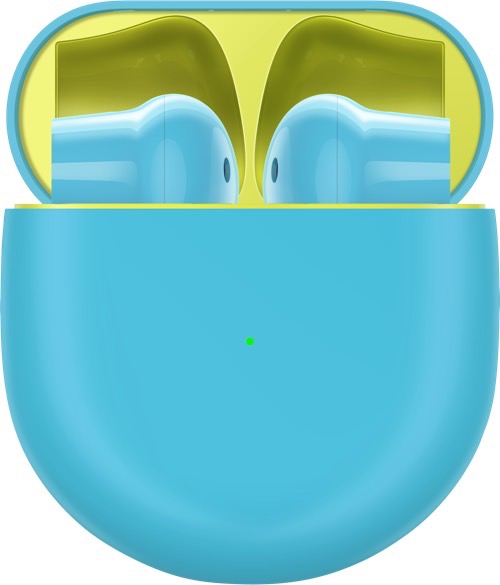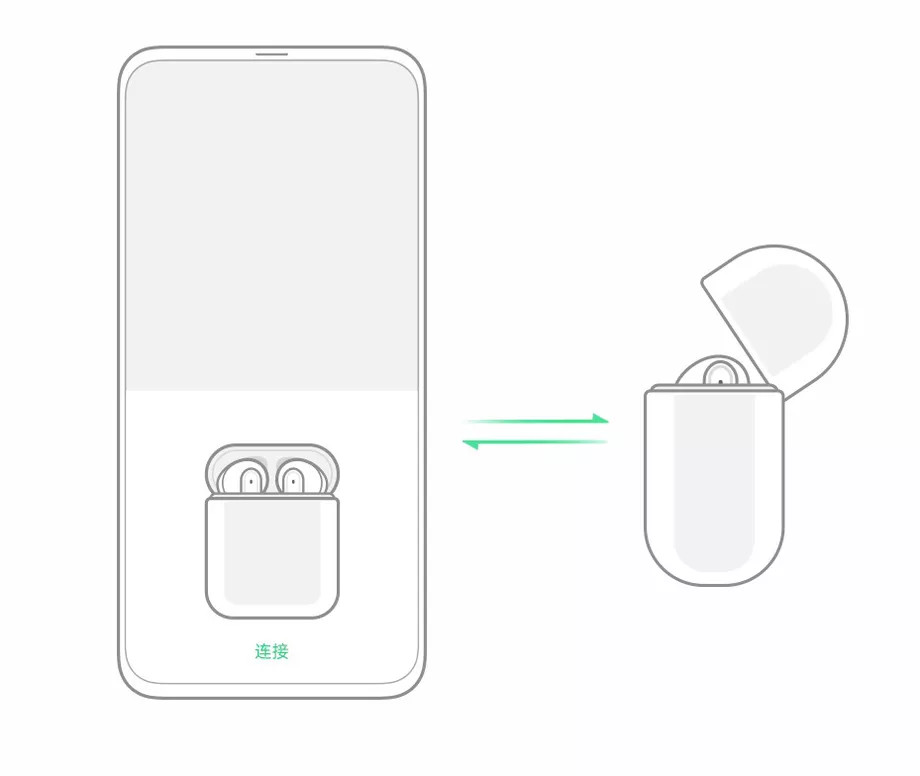We won’t have to wait much longer for the official debut of OnePlus’s AirPods competitor — tomorrow, July 21, is the day.
Known as the OnePlus Buds, these will be the company’s first true wireless earbuds. Thanks to leaks and pre-announcements by OnePlus itself, we already know a lot about these new earbuds, including what they’ll look like. An Android APK file released by OnePlus contains a number of hi-res renders showing the buds, the charging case, and several instructional diagrams in various colors.
The launch of the OnePlus Buds will coincide with the debut of the company’s next smartphone, the OnePlus Nord, which will happen via an augmented reality event on July 21. “With the new OnePlus Buds, we are further building out our portfolio of products that give our users a burdenless experience,” Pete Lau, founder and CEO of OnePlus, said in a statement.
In a teaser Instagram post featuring a short video, the company wrote a price of “$XX.XX” leading to speculation that the OnePlus Buds will cost just under $100.
In a follow-up post to the company’s forum on July 14, Lau expanded on the Buds’ capabilities and features, noting that they will last an “industry-leading” total of 30 hours when you include the battery in the charging case. The earbuds themselves will reportedly last for seven hours between recharges, which is better than Apple’s AirPods and AirPods Pro (which get five hours), but just shy of the Jabra Elite 75t, which get 7.5 hours.
The charging case itself will benefit from OnePlus’ Warp Charge technology, according to an interview with OnePlus project manager Jay Liu, posted by TechRadar. This lets the case go from empty to 10 hours of charging capacity in as little as 10 minutes. That’s significantly faster than most other charging cases on the market. The AirPods Pro case, for instance, needs 30 minutes to acquire the same amount of charging capacity.
Warp Charge doesn’t affect the time the earbuds will need to recharge when placed in the case, and it only works when using a USB-C cable attached to a 10-watt or greater USB charger.
In the same interview, Liu confirmed that the charging case is not capable of wireless charging.
Lau noted that the shape of the Buds is intended to maximize comfort for prolonged use, with a half-in-ear design. We believe this means that they’ll look more like Apple’s AirPods than the AirPods Pro, which use a noise-isolating fully in-ear shape.
This design philosophy extends to the weight of the OnePlus Buds. At 4.6 grams, each earbud weighs only slightly more than an AirPod earbud (4 grams).
As a nod to the OnePlus gaming community, Lau claims that when paired with a OnePlus phone, the Buds can be switched to an ultra-low-latency Bluetooth mode when gaming. He claims this will let them approach the speed of wired headphones.
After performing a deep dive into the released APK, 9t05Google claims to have discovered support for Dolby Atmos, a “Find my Device” option, and what appears to be different equalizer settings called “sound types.”
At this point, we still don’t know how much the OnePlus Buds will cost, though Lau says he thinks OnePlus has succeeded in creating true wireless earbuds that offer “great performance at a reasonable price.” What we can safely rule out is active noise cancellation (ANC). If the OnePlus Buds have this feature we can’t imagine why Lau wouldn’t have discussed it yet.
OnePlus has also decided to avoid discussing whether the Buds will use touch-sensitive or physical button controls, but in looking at the new renders, it’s probable that they’re touch sensors.
Digital Trends reviewed the OnePlus Bullets Wireless 2.0 — a set of Bluetooth earbuds connected via a cord — in 2019 and found them to be strong performers.
We’ll have all of the details on the OnePlus Buds as soon as the launch on July 21 happens, along with the lowdown on the OnePlus Nord.
Updated on July 20, 2020: Added details found in the OnePlus Android APK, including new renders and new features.












